Popular on Food52
15 Comments
WRT
December 10, 2014
1. I eat grapefruit in segments. 2. I like kumquats. This berry sized citrus when eaten whole has a citrus tasting rind and a sour pulp. I learned to eat them whole.
Kate
January 4, 2014
My favorite winter citrus recipes are these Grapefruit Olive Oil Pound Cakes, both originally adapted from Melissa Clark's Blood Orange Olive Oil Pound Cake recipe: 1) http://casayellow.com/2012/02/06/a-grapefruit-olive-oil-cake-for-a-cold-winter-day/ (came first, and Sarah's writing is great) and 2)http://casayellow.com/2012/02/06/a-grapefruit-olive-oil-cake-for-a-cold-winter-day/ (originally from Smitten Kitchen....I'm partial to this one because the blogger already vetted high-altitude alternatives for me!)
Kate
January 4, 2014
Whoops, second link is actually supposed to be http://sparrowsandspatulas.blogspot.com/2013/01/winter-citrus-debs-grapefruit-olive-oil.html
luvcookbooks
February 24, 2013
Thanks for your update. Would love to hear about citron and Seville oranges in future, helps me know what to do with them when I see them and am helpless to resist purchase!
Nozlee S.
February 26, 2013
Citron are REALLY crazy -- basically they're ALL skin and pith with a tiny amount of extremely sour pulp inside. Their pith isn't bitter like other citrus's, so it's perfect for candying. This is why you see candied citron peel in fruitcakes -- I think thick citron orangettes would be wonderful, too.
Seville oranges are thin-skinned and extremely sour in an almost lemony way. They look just like oranges, but with knobbly skins. In Iran, Seville orange juice is used just like orange wedges to squeeze on fish, which is really delicious. But the most common use for them is MARMALADE -- their high pectin content and intense flavor make them perfect for it. Your best bet for finding them is actually at Middle Eastern and other ethnic markets during their fleeting winter season. For years, my mom has had a standing order at our local Mediterranean market for a whole box of Seville oranges, which she juices and freezes to use all year!
Seville oranges are thin-skinned and extremely sour in an almost lemony way. They look just like oranges, but with knobbly skins. In Iran, Seville orange juice is used just like orange wedges to squeeze on fish, which is really delicious. But the most common use for them is MARMALADE -- their high pectin content and intense flavor make them perfect for it. Your best bet for finding them is actually at Middle Eastern and other ethnic markets during their fleeting winter season. For years, my mom has had a standing order at our local Mediterranean market for a whole box of Seville oranges, which she juices and freezes to use all year!
Pastry C.
February 17, 2013
It seems quite unfortunate that the clementine-almond cake referred to above by Nigella Lawson is not attributed to Claudia Roden as it is nearly identical.
cookingProf
February 15, 2013
Great article, Nozlee! I like to drizzle mint syrup (a simple syrup boiled with some vinegar and a big bouquet of fresh mint for 10-15 minutes) on my grapefruit and eat the flesh with a grape fruit spoon.
hardlikearmour
February 15, 2013
I love bergamot, and am lucky enough to have a great local grocery chain that carries them while they're in season. Every winter New Seasons Markets in Portland does a citrus tasting one weekend -- this year it was mid-January -- which is a great chance to compare different fruits and try something new.
Panfusine
February 15, 2013
Wow.. treasure trove of info.. thanks for yet another awesome article Nozlee. Any pointers about where one could acquire a Bergamot orange? WHole Foods perhaps?
Waverly
February 15, 2013
I have never seen one at Whole Foods or otherwise, but I'd love to try one! Thanks for the article.
Nozlee S.
February 15, 2013
I would try Eataly in NYC. Otherwise, Middle Eastern and Asian markets are a great place to check out for Seville and bergamot oranges.
HalfPint
February 15, 2013
Great citrus article. I would like to give a shout-out to the Oro Blanco grapefruit. It's sweet (incredibly sweet for a grapefruit) with a slight bitter edge and will make you look at grapefruit in a totally different way. It's even better than Ruby Red and in my opinion, blood oranges.
pierino
February 15, 2013
Great piece Nozlee, I'm a huge fan of winter citrus---especially blood orange. Lately I've been juicing them and then blending them with pomegranate juice and berries in the mighty Vitamix. Sometimes a banana goes in there too.
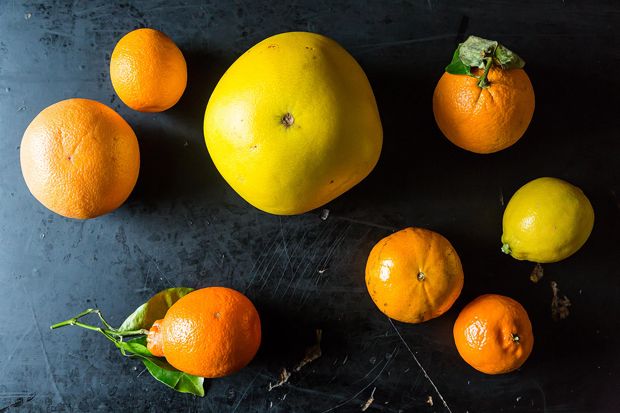

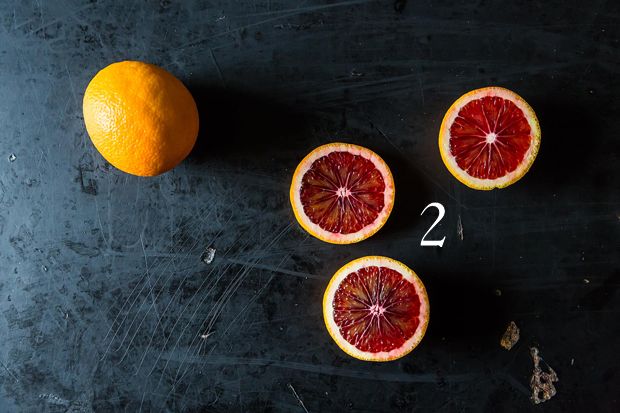
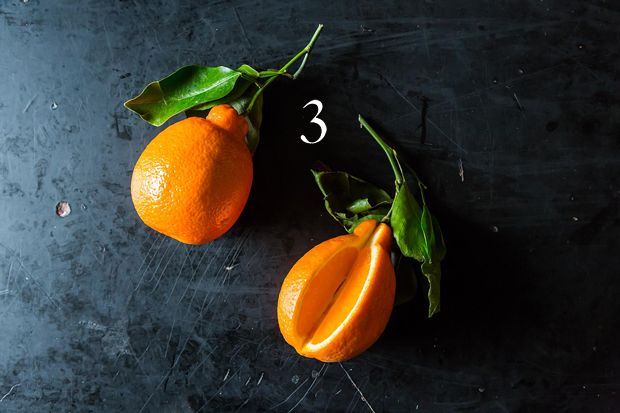

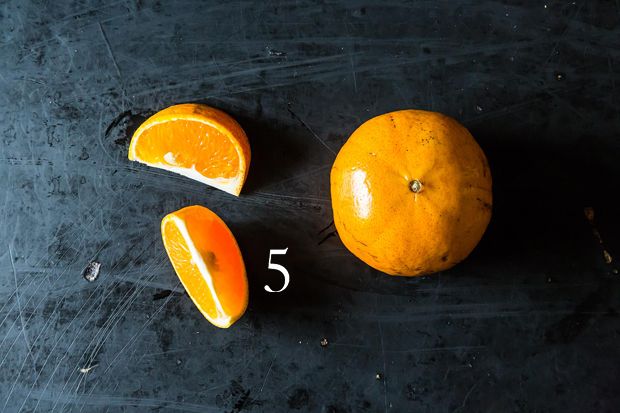
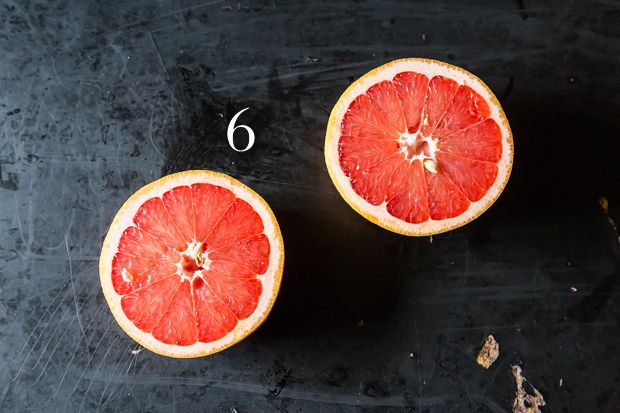
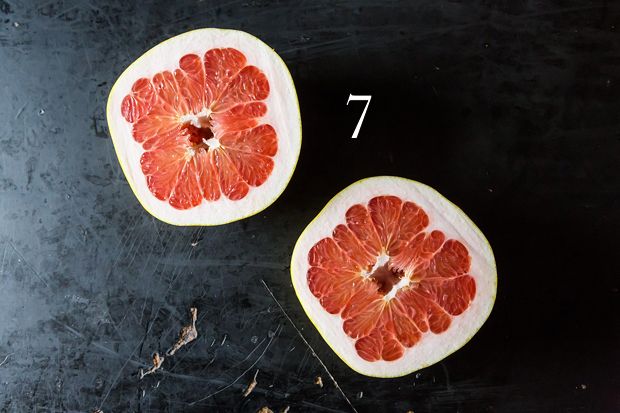
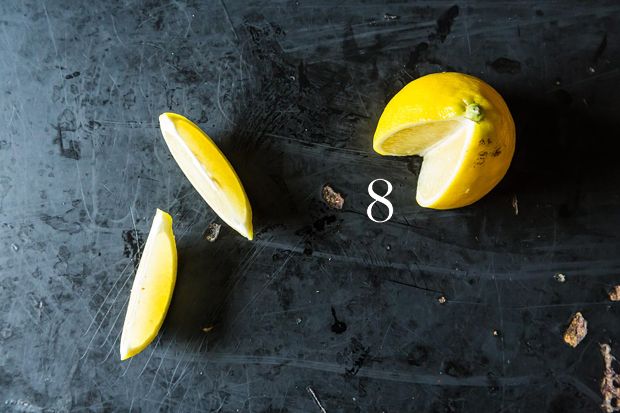


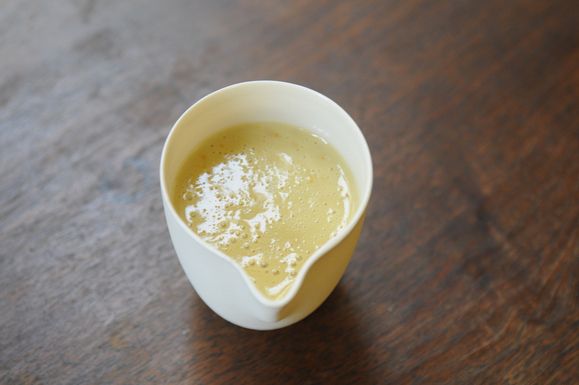

See what other Food52 readers are saying.